Trustindex verifies that the original source of the review is Google. I contacted radiant solutions company through their contact us tab on the website. Matt answered my email very promptly. I had a few more questions so I sent him another email and he called me right back by phone instead of chatting back-and-forth n email. He took the time to answer all my questions and give me inside tips on installation. I highly recommend them and I highly recommend Matt as a sales / customer service representative.Posted onTrustindex verifies that the original source of the review is Google. We are so pleased with the service and product from this company. The self regulating pipe heating cables that we have purchased have kept our pipes in our RV from freezing and running smoothly in this super cold winter. They have been easy to install and monitor. I would highly recommend ALL of the products from this company.Posted onTrustindex verifies that the original source of the review is Google. I've worked with these guys a few times now and they've been super helpful every time and are great to work with!Posted onTrustindex verifies that the original source of the review is Google. Amazing products and the best customer service! Have used them for a while and will continue to do so. This company is great to work with.Posted onTrustindex verifies that the original source of the review is Google. This is a fantastic company with well thought out and high-quality products. The 'kits' for cable ends, tees and terminals are complete and easy to install. All instructions are complete and excellent support is available. The paper installation manual is a complete planning and installation guide. Company support is first rate. Highly recommended vendor.Posted onTrustindex verifies that the original source of the review is Google. Excellent products from an outstanding company. Very glad everything is American made and it shows! I contacted the company twice before ordering and I received an answer within the hour. Shipping was vey fast since I ordered on Friday and was delivered on Monday! The 10 year warranty is superior and instructions are clear. There is not another heat cable on the market that even come close to these guys.Posted onTrustindex verifies that the original source of the review is Google. Great installation of heat tape on two roof sections. Installer showed up on time, did a professional job, and checked that it worked.Posted onTrustindex verifies that the original source of the review is Google. As an installer of Heat Tape on homes, Radiant Solutions provides super high quality heat cable. It’s a mix of ease of installation and some of the best customer support that makes this above and beyond expectations. The waves this cable creates in rooflines is very satisfying to install and look at. Grip Clips are the best and strongest way to securely mount it to the roofline.Posted on
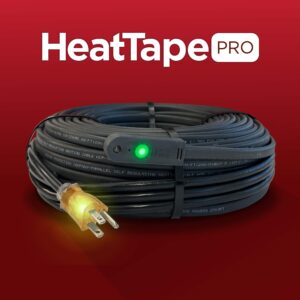
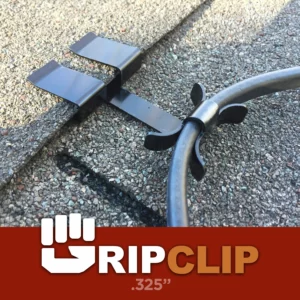


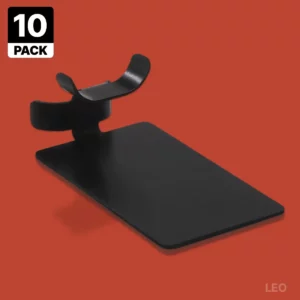
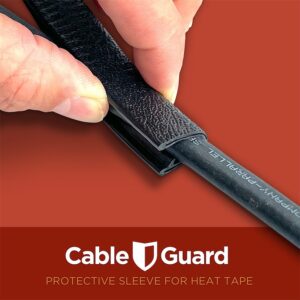
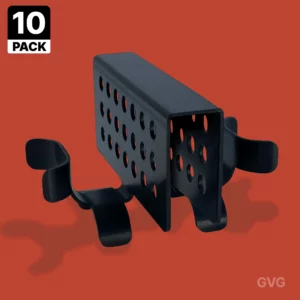
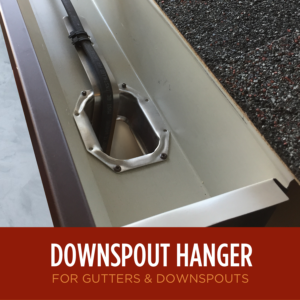
The amount of heat cable needed for pipe freeze prevention is determined by a couple of simple factors including: Length of pipe, diameter of pipe, distance to power supply and number of valves.
Most of the time, we do not recommend a spiral cable application because it’s simply not necessary. It requires 3x the cable to do the same job.
Therefore, simply use a straight, single run of cable affixed to the bottom of the pipe (think 6 o’clock position) using the provided fiberglass installation tape. Next, add 1 foot of cable for every valve because you will be wrapping the valve with cable. For pipes less than 1″ in diameter, a single cable run is sufficient. For larger pipes, two cable runs are recommended. Keep in mind that plastic pipes are less thermally conductive so you may choose to use two cable runs on larger plastic pipes to be safe. Finally, if your outlet isn’t close to the pipe you are treating, factor in enough heat cable to reach your outlet (Pipe Freeze PRO does come with a 36″ power cord).
Finally, you must install insulation on your pipe and heat cable assembly in order for the system to operate effectively. See instructions for further details.
Heat tape cables should not be installed in any permanently hidden areas.
If you are in need of a specific product that is currently out of stock, you can request to be notified when new inventory of product is in stock.
Click Here to complete the Re-stock Notification Form
We generally do not reserve stock for miscellaneous reasons outside our stated inventory on this website. Besides selling on this website, we also Sell our products on Amazon.com – in doing so, we send separate inventories to their warehouse for fulfillment, so you could check inventory of the product you are looking for there.
Radiant Solutions has the most comprehensive installation system for Heat Tape that exists. We make accessories to install heat tape on almost any kind of roof.
Click here to learn about product specifically for Natural Cedar Roofs
Heat Tape Pro & Piper Freeze Pro can both overlap and/or touch itself in your installation.
It’s fine to overlap your heat tape pro, or have it touching itself in your install. The cable only itself heats up to less than 100ºF at most. This is plenty of warmth to stop ice dams from forming, but isn’t that much warmer than the temperature of your body. Sometimes it won’t even feel that warm to the touch.
This is different than a lot of heat tape that can be purchased at stores: contestant wattage cable can get much hotter and can even be dangerous if you overlap them. Not our cable, however.
Pipe Freeze Pro can touch itself, overlap with itself, or be wrapped around itself on the pipe. It won’t get too hot because not only is it designed to have a maximum output temperature that is less than 100ºF, it is self-regulating –so it’s output adjusts to the ambient temperature near the cable.
Heat Tape purchased in big-box stores is most often constant wattage heat tape. “Constant Wattage” means: it’s always on. It is always drawing full power and is costing you peak energy expenses, which –over the length of a season can add up huge. Thought you were saving money on that heat tape you got at that home improvement store? Guess again.
Radiant Solutions’ Heat Tape PRO™ heating cable is Self-Regulating. This means, as the temperature gets colder, the cable creates more heat by drawing more power and when it gets warmer it creates less heat by drawing less power. This allows you to consume only the energy you need to help protect your home from damage caused by the ice and cold.
The core of our ice dam heat tape is comprised of two bus wires encased in a material that is infused with carbon. As ambient temperatures decrease, the core material shrinks pulling the bus wires closer to each other, creating more electrical pathways through the carbon which makes the cables heat up. When ambient temperatures get warmer, the inner core expands and the cable demands less energy and creates less heat.
No, not really. Because any control or switch is still going to tell your constant wattage cable to be either off or on at 100% power. It is very binary. Conversely, Self-regulating Heat Tape will output variable temperatures based on the external, ambient temperature. So when it’s 31ºF or 10ºF constant wattage heat tape will always be on full heat, where self-regulating heat tape will only use just enough power to be at the temperature you need to prevent ice dams on the roof or frozen pipes around your property.
Among other things, constant wattage heat cable cannot be overlapped without creating risk of over heating or shorting out. It cannot be used under 15°F, it cannot be used on wood roofs, rubber roofs, metal roofs, or anything other than asphalt shingle roofs. You must clean combustibles such as leaves away from constant wattage cable throughout the operating season. The warranty on most constant wattage heat cable systems is no more than two years. Lastly, unlike self-regulating heat cable systems, constant wattage heat cables cannot be repaired in the field if they are damaged. One knick in the jacketing, and the cable is done.
Including a thermostatic heat tape switch or controller in your installation will cut power to your heat tape in times it is not needed. This will lessen your environmental footprint and save you money.
Savings will always depend on the weather and how often you have temperatures above the threshold that the switch turns on your heat cable. In most situations where heat cable is needed, savings will offset the cost of the ThermaCord and then some.
We are building a hand guide to identify what kind of roof you have and find the clips that can/should be used with that roof-type.
View the Guide Explaining What Clips You Need Here
We have a guide on How to Measure for Purchasing Heat Tape that will help you. Once you have your measurements, you can find our Heat Tape Calculator here.